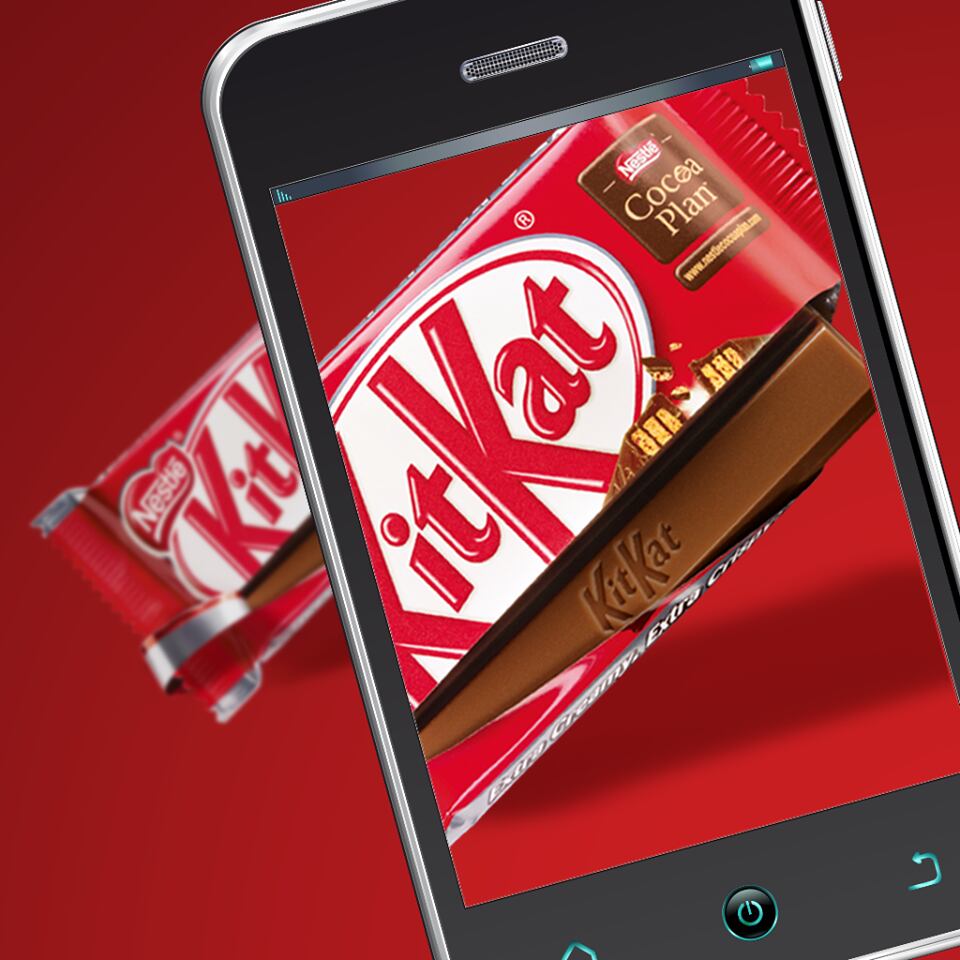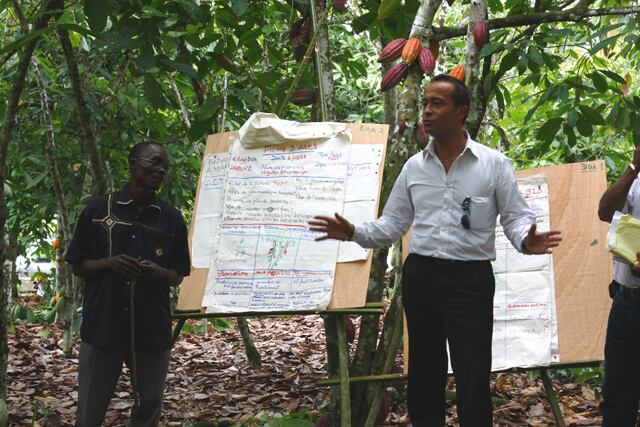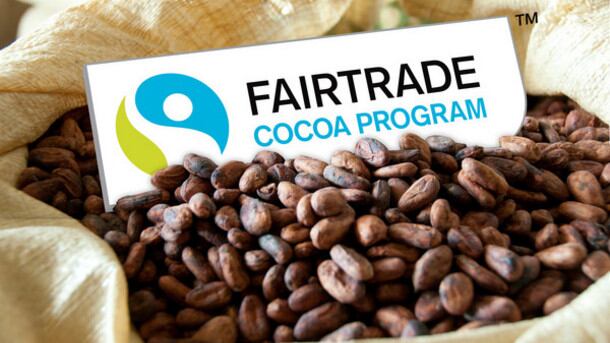Cloetta recently pledged to purchase only UTZ Certified cocoa by the end of 2014 and told ConfectioneryNews that smaller chocolate firms had to join the big companies in committing to fully third-party certified cocoa.
‘A hygiene factor’
“In a year or two this will be a hygiene factor. All the big players have already done this,” said Thomas Wiesgickl, director of corporate responsibility at Cloetta.
“This is not a project drawn from profit thinking. This is about making sure we have volumes coming out of West Africa.”
He said that if the industry did nothing there would be a 1m metric ton (MT) cocoa shortfall by 2020 that would increase the cost of the commodity dramatically.
Third party certifiers reward farmers with premiums that can be reinvested in farm productivity. They also train farmers on best practices, labor rights and access to materials and credit facilities.
A prerequisite starting from now
Mars, Hershey and Ferrero have all pledged to source only third party certified cocoa from multiple organizations such as UTZ, Fairtrade and Rainforest Alliance by 2020. Mondelēz and Nestlé purchase some certified cocoa, but have also developed their own sustainability programs and labels.
“This is not something you do to gain a competitive advantage. It’s a prerequisite for doing business in chocolate starting from now,” said Wiesgickl, adding that consumers expected corporate responsibility on the issue.
Credibility concerns for companies’ own programs

For their own sustainability programs some big firms use logos on their brands such as the ‘Nestlé Cocoa Plan’ logo, or Mondelēz’s ‘Cocoa Life’ label.
“We are too small a company to set up our own labelling. If we did we’d have credibility problems,” said Wiesgickl.
Viola Dannenmaier from labor group INKOTA previously said that companies’ own programs “were not transparent or traceable enough” and were only concerned about boosting yields to keep cocoa prices low.
But, Wiesgickl said that the big players had the resources to make their programs credible. Smaller companies were better off sourcing from a third party, he said.
Why UTZ?
Don’t stop at certification
Wiesgickl said that certification was only one step and he urged SMEs to also join organizations such as the World Cocoa Foundation in order to contribute to infrastructure projects in West Africa. Alleviating poverty was the biggest part of the problem, he said.
Wiesgickl said that Cloetta’s 5,000-6,000 MT annual cocoa volumes meant it made sense to source from only one third party certifier, unlike the big firms, which have much larger volumes and choose multiple certifiers.
He said that Cloetta had considered all the major third party certifiers, but opted for UTZ because it felt it did the most to boost farmer yields.
“UTZ is how we see the sustainability issues best addressed – the essence being productivity,” said Wiesgickl.
Minimum price debate
UTZ Certified teaches farmers business skills to help them to negotiate, but like Rainforest Alliance, has no guaranteed minimum price or premium for cocoa farmers. The price and premium are negotiated between the farmer and the first buyer.
Fairtrade International by comparison has a minimum price of $2,000 per metric ton (MT) ($2,300 per MT for organic cocoa beans) and the Fairtrade premium is consistently $200 per MT even if the New York Exchange price exceeds $2,000 per MT.

“I’m not sure if minimum prices have stepped in as a protection for the framers,” said Wiesgickl. He added that while the average UTZ cocoa premium was lower than Fairtrade, at an average of €112 per MT ($148) in 2012, Cloetta had been paying €200 per MT thus far.
The industry currently favors UTZ cocoa based on volume sales data, but NGOs such as Green America and the International Labor Rights Forum see Fairtrade as the only certification that adequately addresses the worst forms of child labor.
UTZ cocoa sales volumes were almost triple that of Fairtrade in 2012. UTZ Certified sold 118,641 MT compared to 68,300 MT by Fairtrade.
Standards converging

However Wiesgickl said: “The differences in the standards were greater a few years ago, but they seem to be converging.”
Earlier this year, Fairtrade launched a new sourcing program that allowed companies to bulk buy a single commodity such as cocoa or sugar as Fairtrade, whereas before companies had to source all ingredients for a brand on Fairtrade terms.
Wiesgickl said that Cloetta would pass the extra cost of certified cocoa premiums to its retail customers, who are expected to pass it on to consumers. He said that it was reasonable for consumers to pay more.
“From our point of view we need to balance the situation. We don’t want to erode our own sales.”
Using logos
Cloetta’s chocolate brands include Kexchoklad for the Swedish market, Tupla for the Finnish market and Sperlari for Italian consumers.
The company is already carrying an UTZ label on its Cloetta brand in Finland, but is undecided whether all chocolate brands will carry the logo.
We asked whether consumers should have a right to known the product contained only UTZ cocoa. “It’s up to the marketing agencies in those countries to do the storytelling for the consumer,” said Wiesgickl. He added that it may make no sense to add the label to a product that contained very little cocoa.
